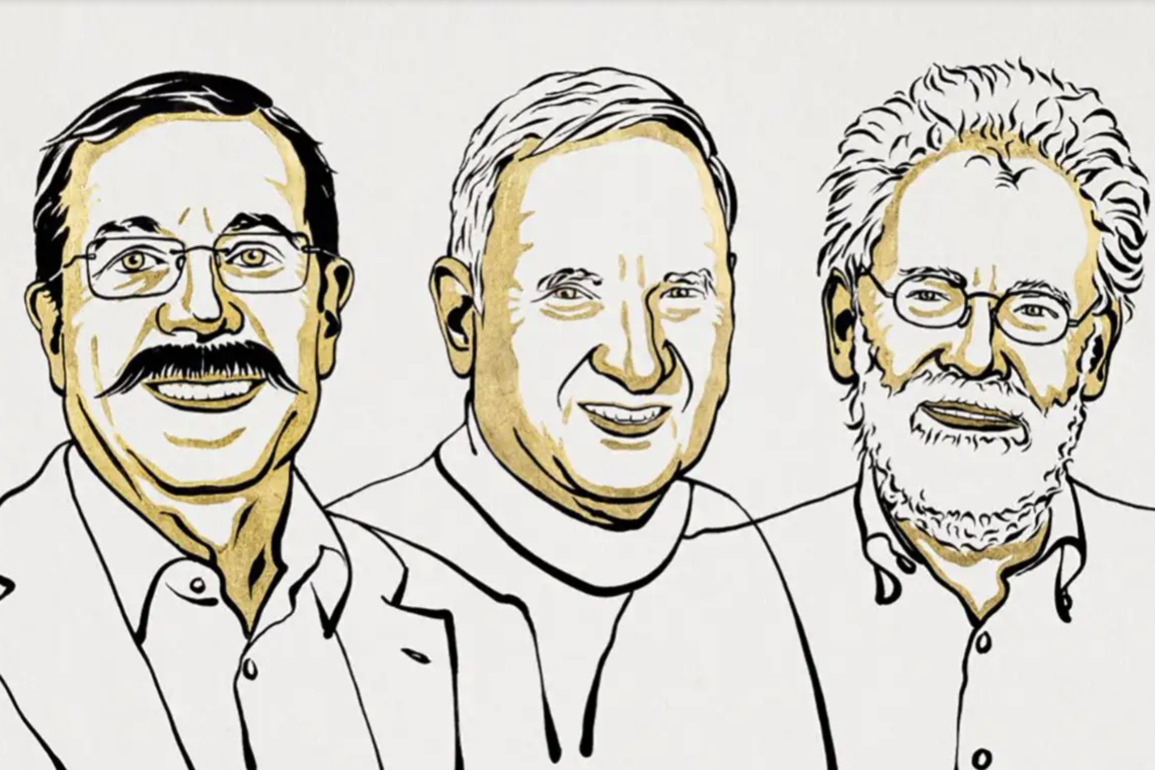The Nobel Prize in Physics has always celebrated discoveries that reshape our understanding of the universe, from the invisible pull of gravity to the mysterious dance of light. This year’s award, given to John Clarke, Michel H. Devoret, and John M. Martinis, recognizes something just as profound: proving that the strange laws of the quantum world can be observed and manipulated in our everyday one.
Their experiments, conducted in the 1980s, bridged a long-standing divide between theory and reality. They showed that quantum tunneling, a phenomenon where particles defy barriers that classical physics deems impassable, could occur in a simple electrical circuit. That insight would go on to underpin one of the most promising technologies of the 21st century: the quantum computer.
“There is no advanced technology used today that does not rely on quantum mechanics, including mobile phones, cameras… and fibre optic cables,” said the Nobel committee when announcing the award in Stockholm on Tuesday.
More Quantum From Afcacia:
-
A Quantum Leap That Lasts Forever? Harvard Scientists May Have Found the Key
-
Quantum Leap or Quantum Risk? Balancing Innovation and Security in South Africa
The Quantum World Made Tangible
In the “classical” world, the one we can see, touch, and predict, the laws of physics are reliable. A ball rolls downhill. Light travels in straight lines. But shrink your view to the scale of atoms, and those rules collapse. Electrons behave like waves and particles at once. They can exist in multiple states simultaneously, in what physicists call superposition.
For decades, these concepts remained abstract, confined to theory and complex mathematics. “Scientists have struggled to directly observe quantum mechanics in this ‘microscopic’ world, which somewhat confusingly cannot be seen through a microscope,” the article notes.
That changed when Clarke, Devoret, and Martinis built an experiment that allowed them to glimpse the behavior of subatomic particles using ordinary electrical circuits.
Tunneling Through the Impossible
To explain quantum tunneling, Eleanor Crane, a quantum physicist at King’s College London, offers a vivid metaphor. “Imagine a man trying to climb a mountain,” she said. “In the classical world, if the climber is too tired he will not make it to the other side. But if a particle is weak in the quantum world, there is still a probability of finding it on the other side of the mountain.”
This “mountain crossing” isn’t just poetic — it’s revolutionary. By creating a circuit where electrons could appear on the other side of a barrier they shouldn’t be able to cross, the laureates proved that quantum mechanics could operate in systems large enough to be seen and measured.
French physicist Alain Aspect, who won the 2022 Nobel Prize for related work, called it a landmark. An outstanding question in physics, he said, was whether objects in our macroscopic world could “behave in a quantum way.” Clarke, Devoret, and Martinis “answered that question with a resounding yes.”
Why It Matters Now
The laureates’ work has become the cornerstone of a new computing revolution. Their discoveries paved the way for superconducting qubits — the building blocks of quantum computers now being developed by Google and IBM.
While a classical computer stores information in bits that can be 1 or 0, a qubit can exist in both states at once. That property, known as superposition, could allow quantum computers to solve problems that would take today’s machines millennia.
“Their work has laid the foundations for superconducting qubits — one of the main hardware technologies for quantum technologies,” said Lesley Cohen, Associate Provost of Physics at Imperial College London.
Physicist Gregory Quiroz at Johns Hopkins University added, “The new Nobel laureates set the foundation for a lot of technology that many companies are investing millions of dollars in right now to try to realize large-scale quantum computers that can actually solve certain types of problems much faster than our classical alternatives.”
Crane believes the payoff could be transformative. Quantum computers, she said, could be powerful enough to “change the course of society” within the next decade.
Beyond Computing
The laureates’ work is already being felt beyond quantum computing. Their discoveries have led to “extremely sensitive methods of measuring electromagnetic fields and magnetic fields that rely on these kinds of circuits,” said Aspect. Such tools are used in fields from medicine to space research, revealing signals that were once invisible.
In that sense, this year’s Nobel Prize in Physics is not merely about decoding a quirk of the subatomic world. It’s about unlocking a new layer of reality — one that is already reshaping technology, science, and our imagination of what machines can do.
As Professor Clarke put it, still astonished that his decades-old experiments have earned science’s highest honor: “I’m completely stunned. At the time we did not realise in any way that this might be the basis for a Nobel prize.”




